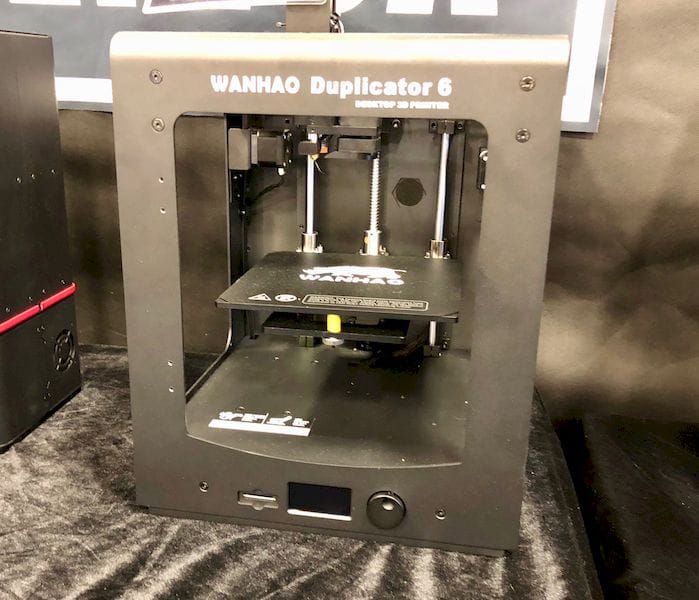
Today I’m thinking about how price has become a major factor in 3D printer sales.
Purchasing decisions today seems to use a balance of three key factors:
- The total cost of ownership, including the machine itself and the subsequent materials
- The specific features and capabilities available on the machine
- The perceived reliability and serviceability of the machine and the company behind it
Sometimes there are other factors involved, such as office politics and favorites, but these three are the fundamental aspects involved.
These factors are considered by those purchasing equipment in different ways. Sometimes one is more important than another.
A company may have very specific materials in mind, and thus that factor may overcome the other two.
An individual may be afraid of buying a machine from a distant company in a foreign country in case there are problems that need to be resolved.
The budget allocated for purchase may constrain the selection of possible machines.
But sometimes I see people gravitating towards the lowest cost machine without considering the other factors. This is particularly evident when the less knowledgable seek a cheap 3D printer.
I recall a moment from my past when I was involved in selecting an expensive software system for a company. Three options were being considered, but when option two was presented by the evaluator, he said:
This is the least expensive option, which is great. However, it doesn’t actually work.
Yes, we were apparently considering an option that DID NOT WORK. Why? Because it was cheap! That’s all that matters, right?
This is the trap that some purchasers fall into: if there’s a perceived saving, jump on board fast!
This is specifically an issue with lowball 3D printers presented on Kickstarter, although the frequency of them has gone down recently due to countless failures. Low costs attract many buyers, sometimes overwhelming the manufacturer who wasn’t prepared for such “success”.
But even if you received your low cost machine you should have been considering the other factors.
- Does the machine have the capabilities you require for your tasks?
- Does it print in the materials you need and are able to manage?
- Are the prints of sufficient quality for you?
- Is the associated software and workflow understandable and usable?
- Does it print in materials you can afford to buy over the long term?
- Are you confident you can obtain required spare parts or service when it inevitably breaks down?
- Will the supplier be around long enough to help you?
- What level of risk are you able to withstand?
- And a whole lot more
These are some of the questions I’d ask if considering a 3D printer purchase.
Only then would I consider the cost: I want to pay the lowest cost for the machine that DOES WHAT I NEED IT TO DO.
And so should you.

